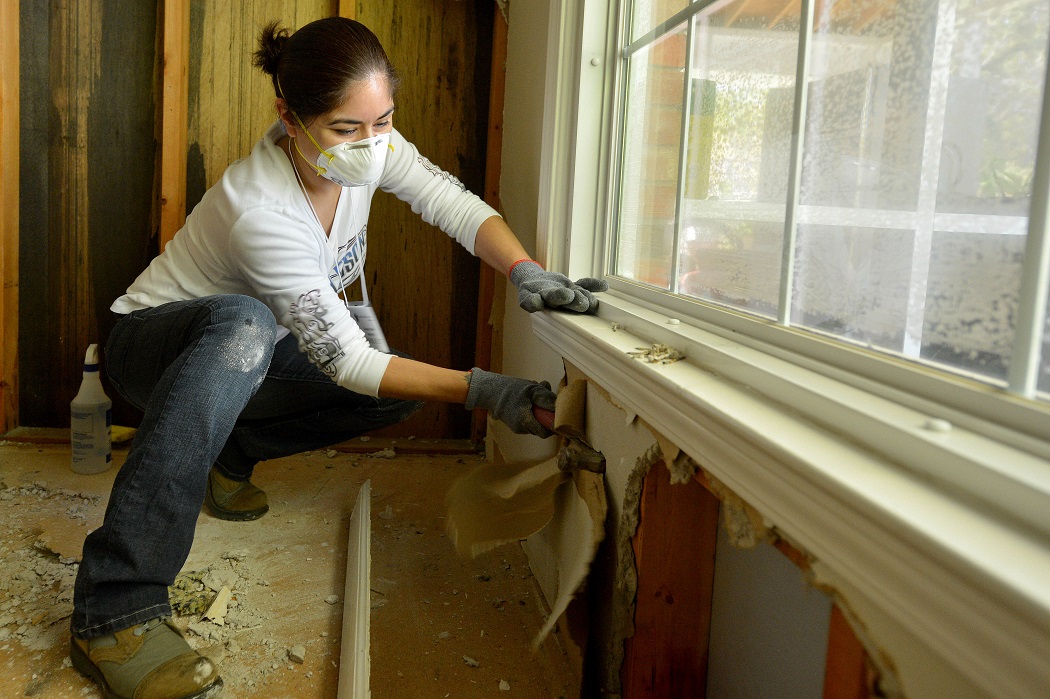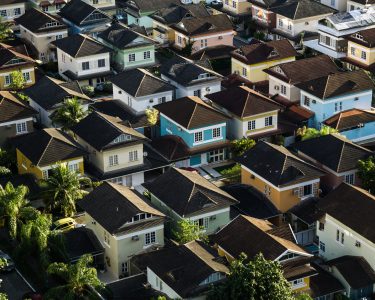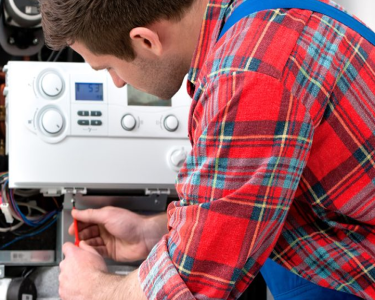While outdoor air quality is always a concern when we talk about climate change and the chemicals we spew into the atmosphere, our indoor air quality deserves much more attention since we spend more time ingesting it and any of its harmful pollutants. By now, we are all familiar with the images of smog gathering in certain areas of Los Angeles or people walking through the streets of Beijing wearing pollution masks. However, what is less well-known is how much worse indoor air pollution can be.
Indeed, studies indicate that indoor air is far more polluted than the air outdoors. To add insult to injury, we spend nearly 90% our time indoors. What makes things worse is that these pollutants are even more concentrated in confined spaces. Experts go so far as to estimate that 1.6 million premature deaths globally are connected to indoor air every year.
Common Causes of Indoor Air Pollutants
The main causes of poor indoor air quality are pollution sources that emit particles or gases into the air. Things like improper ventilation can raise indoor pollutant levels by not allowing enough outdoor air inside to dilute indoor emission sources and by not removing those pollutants from the area. This is one of the main reasons for regular upkeep of your ventilation, heating, and air-conditioning systems.
There are, however, other things that can degrade indoor air such as moisture damage and dampness resulting from leaks, elevated humidity or flooding. These conditions can also lead to harmful mold growth, which may go undetected for months or even years. For this reason, it is important to contact a professional air quality specialist to test for any problems.
Home Remodeling and Indoor Air Pollution
Extensive house renovations can also wreak havoc on indoor air quality. This is because dust is released into the air as walls and floors are torn up. Oftentimes, matter such as tiny glass fibers are released into the air when workers expose older fiberglass insulation.
Unfortunately, this kind of particulate matter can not only irritate the lungs, but it can change one’s blood chemistry, leading to blood clots that may cause heart attacks. More commonly, breathing in dust can cause illnesses like bronchitis and increase your chances of catching pneumonia.
One of the best ways to prevent this type of exposure is to shut down your HVAC system and any ceiling fans during renovations. This enables the dust to settle, so that it can easily be swept away. Another precaution is to have your contractors spray mist on any exposed, crumbling walls, so that dust won’t float through the air.
Health Effects from Exposure
There is no doubt that poor indoor air quality carries great risk to one’s health and well-being. Indeed, studies have indicated that the impact on human health can occur both shortly after exposure and possibly many years later.
Short-term Effects
Sometimes, problems occur after just a few exposures to a pollutant. Among these are irritation of the eyes, nose, and throat, dizziness, headaches and fatigue. Fortunately, these kinds of immediate effects usually do not last and are treatable. Often, the best treatment is to reduce or eliminate an affected person’s exposure to pollutants.
Nonetheless, one of the problems with identifying symptoms caused by indoor pollutants is that many of them share similarities with the common cold and other viral diseases. Therefore, it always helps to know the time and place when symptoms occur. Age and pre-existing conditions also factor into how severe some of the symptoms can be.
Long-term effects
Other health effects, however, may only occur after repeated periods of exposure or even years later. As a result, things like heart disease, cancer and respiratory illnesses such as asthma may show up long after direct exposure has ceased.
Regrettably, not much is known about the specific concentrations or periods of exposure necessary to cause health problems. Moreover, not everyone reacts the same way to indoor air pollutants. Nevertheless, indoor air pollution regularly ranks among the top five environmental risks to public health. Consequently, business and homeowners should not always wait until symptoms of illness appear before testing their indoor air quality.
What Can You Do About It?
The best remedy to control indoor pollutants is to get in touch with an indoor air quality expert. A professional will understand the kind of environmental issues that can affect your indoor air. He will also identify any problems and devise a course of action to solve them. In addition to testing your air, many indoor air quality professionals also test for things like asbestos, lead, water, fire and smoke damage.
Concerns Regarding Recent Coronavirus Outbreak
Due to the coronavirus outbreak, some environmental service companies are taking extra steps to reassure their customers that they are well-equipped to decontaminate homes and offices for the coronavirus in addition to their usual testing regimen. Fortunately, protective masks and gloves are already an integral part of the equipment they use on a regular basis. As a result, they are wearing well-equipped both to protect themselves and their customers from any virus exposure.
While the Covid-19 pandemic adds another level of concern for businesses and homeowners, air quality experts are better positioned than most to take the necessary precautions to ensure that their customers are protected both from the spread of viruses and from any other indoor air quality issues.





